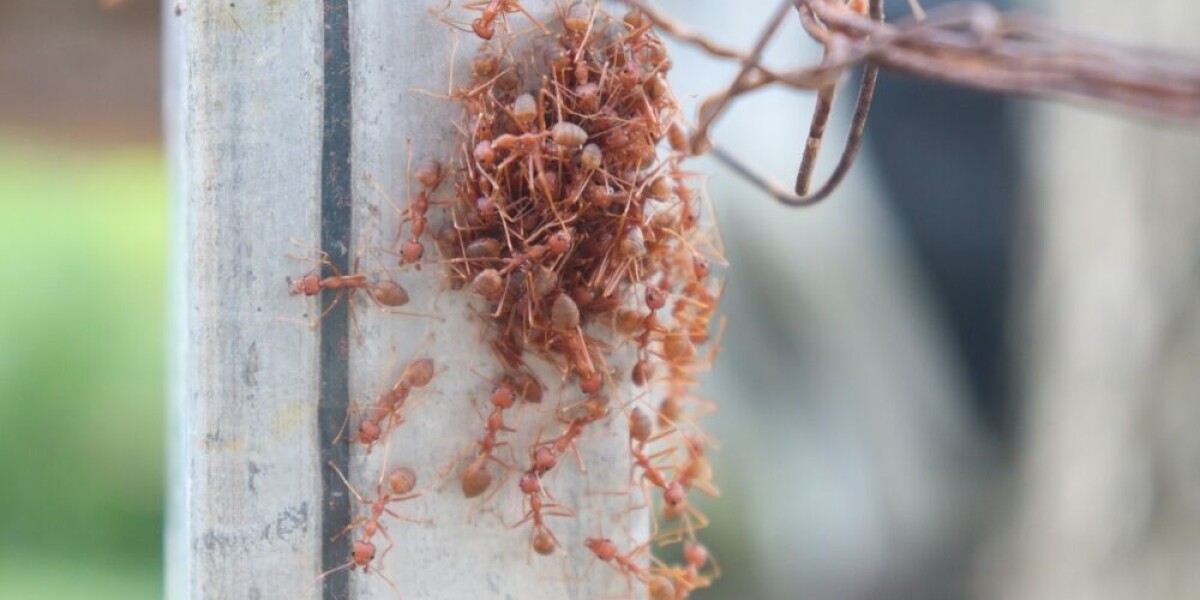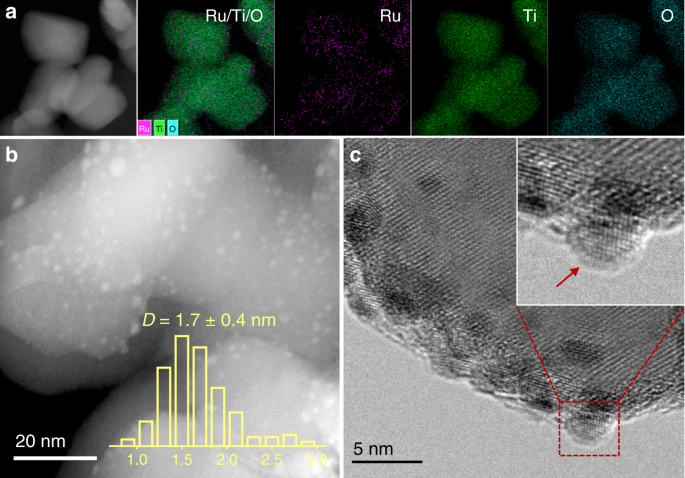
- Select a language for the TTS:
- UK English Female
- UK English Male
- US English Female
- US English Male
- Australian Female
- Australian Male
- Language selected: (auto detect) - EN
Play all audios:
FEARS OF A LARGE COLONY IN THE VAR DEPARTMENT AND BEYOND, AS AGGRESSIVE ANIMALS THREATEN PETS AND LOCAL BIODIVERSITY Electric ants have been spotted in the south of France for the second
time, leading to worries the dangerous species may have a foothold in the area. The owner of a holiday home in the Var department noticed the animals in the property, after his five-year old
son was stung. The animals – also sometimes called little fire ants, or fourmis électriques in French – were already spotted in Toulon back in 2022, leading to fears there may be a ‘super
colony’ of the ants in the department. This time, they were spotted in La Croix-Valmer, around 60km east of the city. Local authorities are now questioning how best to limit the spread of
the animals, and may use special pesticides and educational programmes for local residents to identify and report colonies to limit any further spread. A pesticide produced in Australia can
be used to limit the spread of the animals, with French media FranceInter reporting the departmental authorities and French health agencies have granted special dispensation for it to be
used in the area where ants have been confirmed. However if the animals have spread across the south, these dispensations will need to be greatly extended to combat the animals. They are
one of a number of invasive ant species present now in the country. Read more: Invasive 'smelly' ants spark concern across France DANGEROUS INVASIVE SPECIES The ants are also
present in Spain, first being recorded there in 2016, and since 2022 have been classed as a dangerous invasive species by the EU. They are exceptionally small, around 1.5mm long and are a
brown-ginger colour – they get their names from the pain of their sting, and not their features. Unlike another similar invasive species from South America known as the Argentine ant,
electric ants can and often do sting humans, leading to painful welts up to an inch in size. The aggressive ants also group together to attack animals much larger than themselves, including
domestic pets, particularly focusing on stinging them around the eyes. This can lead to blindness. In addition to the danger they pose to humans, they are a threat to local biodiversity.
When the ants become dominant in an area they have been known to wipe out other insects, disrupting natural ecosystems and in turn affecting crop production. They can also strip crops of
nutrients during hunts for food, causing them to be weaker and more susceptible to disease and weather damage. If you spot a fire ant you should inform local authorities immediately. Read
more: PHOTOS: Ants take over home in south-west France






